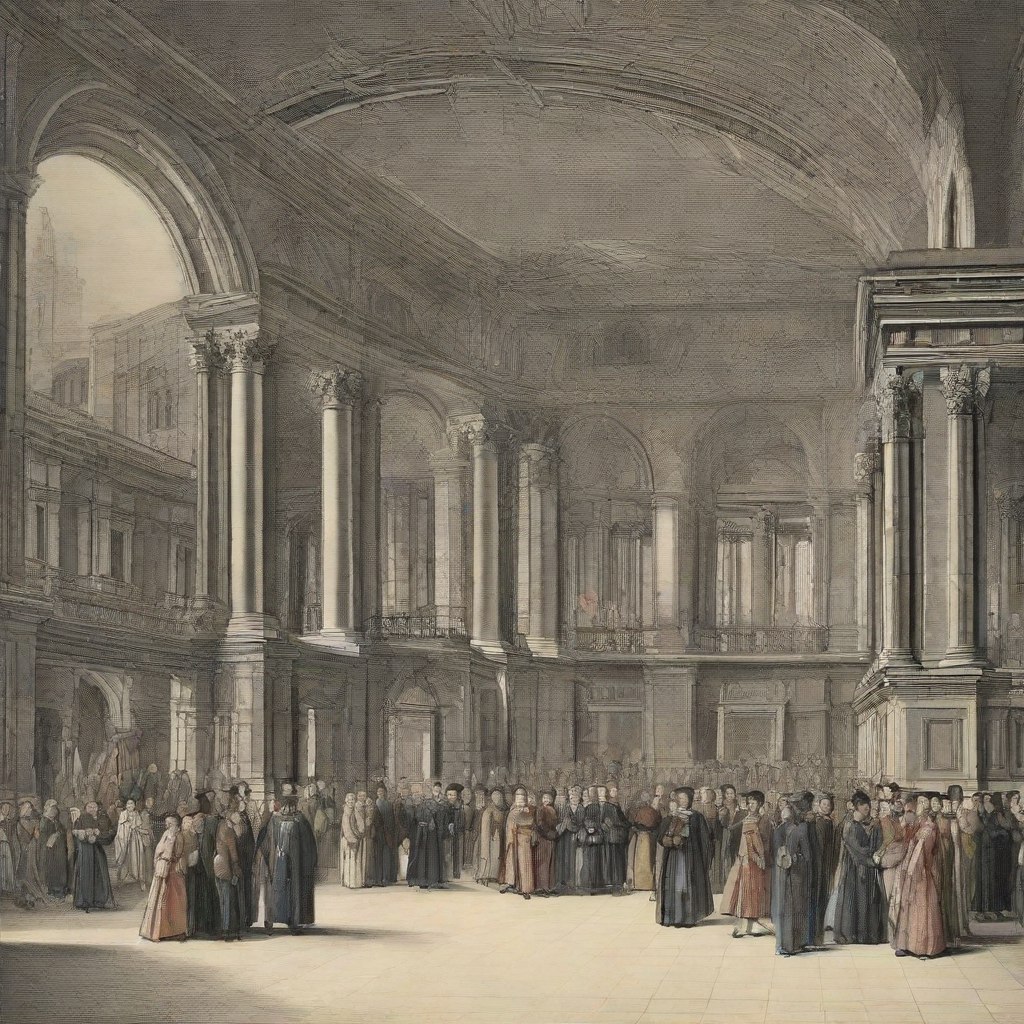Are you curious about how the universities you know today in Europe came to be? The journey of European university systems is a fascinating one, marked by centuries of innovation, tradition, and adaptation to changing societal needs. Let’s take a journey through time to explore the rich tapestry of Europe’s academic institutions, from their humble beginnings to their current global prominence.
The Origins: Medieval Universities
In the bustling intellectual landscape of medieval Europe, the first seeds of university education were planted. Emerging in the 11th and 12th centuries, these early institutions were often associated with cathedrals or monasteries, where scholars gathered to teach and learn. Bologna, founded in 1088, is often credited as the oldest university in Europe, followed closely by Oxford (1096) and Paris (1150). These early universities focused primarily on law, medicine, and theology, reflecting the dominant intellectual pursuits of the time.
These medieval universities laid the groundwork for the academic traditions and structures that would shape European higher education for centuries to come. They introduced the concept of academic freedom, established rigorous standards of scholarship, and fostered a culture of inquiry and debate.
Renaissance and Enlightenment: Expansion and Enlightenment
The Renaissance period saw a revival of interest in classical learning and the arts, leading to a proliferation of universities across Europe. Padua (1222) became renowned for its contributions to medicine and anatomy, while Salamanca (1218) emerged as a center for theological studies. The Enlightenment further fueled the expansion of higher education, with universities such as Edinburgh (1582) and Berlin (1810) embracing new disciplines like philosophy, natural sciences, and social sciences.
During this era, universities began to evolve into more structured institutions with distinct faculties and academic disciplines. The rise of humanism and scientific inquiry spurred innovations in teaching methods and curriculum development, laying the groundwork for the modern university system.
Industrial Revolution: Adapting to Change
The Industrial Revolution brought profound social and economic changes to Europe, transforming the landscape of higher education in the process. Technical universities such as the École Polytechnique in Paris (1794) and the Technische Universität Berlin (1879) emerged to meet the growing demand for engineering and applied sciences education. The integration of research and industry became increasingly important, leading to closer collaboration between universities and the private sector.
Simultaneously, the Humboldtian model of higher education, championed by Wilhelm von Humboldt in the early 19th century, emphasized the unity of teaching and research and the pursuit of knowledge for its own sake. This model, which prioritized academic freedom and autonomy, profoundly influenced the structure and ethos of European universities.
Modernization and Globalization: Towards a Unified European Higher Education Area
In the aftermath of World War II, European countries embarked on efforts to rebuild and modernize their higher education systems. The establishment of organizations like the European University Association (EUA) and initiatives such as the Bologna Process aimed to promote cooperation and harmonization among European universities.
The Bologna Process, launched in 1999, sought to create a European Higher Education Area (EHEA) characterized by compatible degree structures, quality assurance mechanisms, and mutual recognition of qualifications. This ambitious endeavor has led to significant reforms in higher education across Europe, including the adoption of the Bachelor’s-Master’s-Doctorate (BMD) system and the promotion of student mobility through programs like Erasmus+.
Challenges and Opportunities: Navigating the 21st Century Landscape
Despite their rich history and achievements, European universities face a myriad of challenges in the 21st century. Funding constraints, demographic shifts, technological disruptions, and global competition are just a few of the issues that institutions must contend with as they strive to maintain excellence and relevance in a rapidly changing world.
However, with challenges come opportunities for innovation and growth. European universities are harnessing the power of digital technologies to enhance teaching and learning, fostering interdisciplinary collaboration to tackle complex societal problems, and embracing diversity and inclusion to create vibrant and dynamic learning environments.
As we reflect on the evolution of European university systems, it becomes clear that they have always been at the forefront of knowledge creation, dissemination, and societal transformation. From their humble beginnings in medieval monasteries to their current status as global hubs of scholarship and innovation, European universities continue to shape the future of education and inspire generations of learners around the world.

